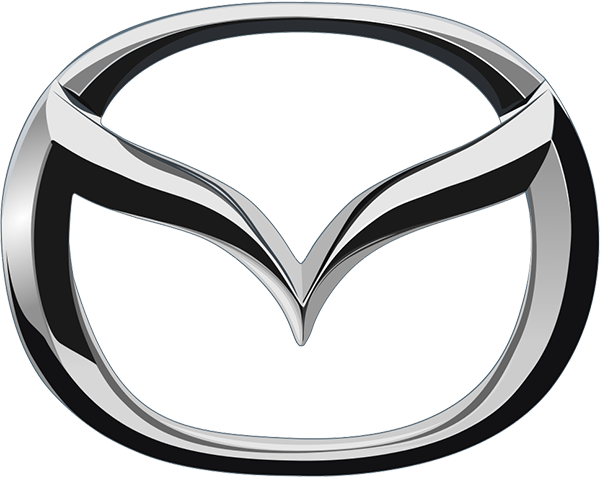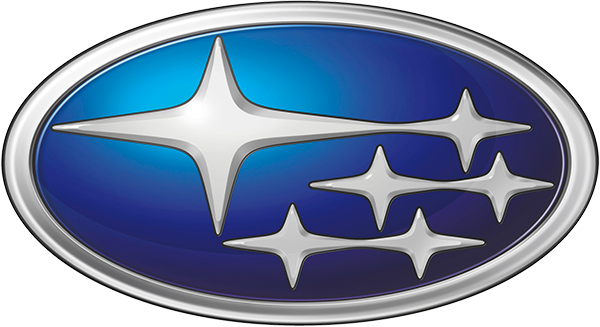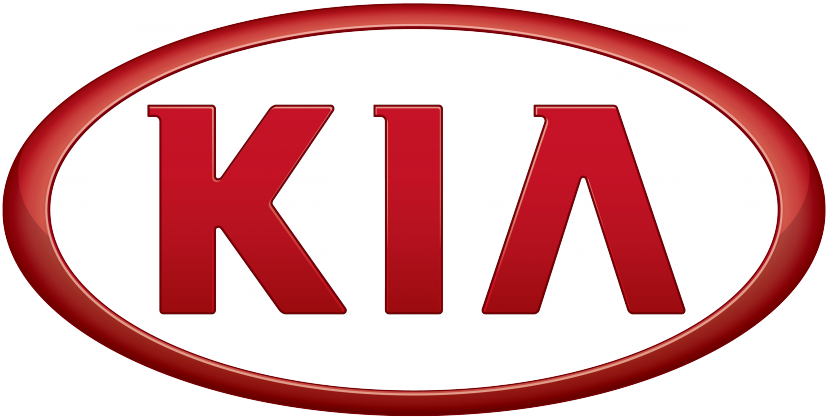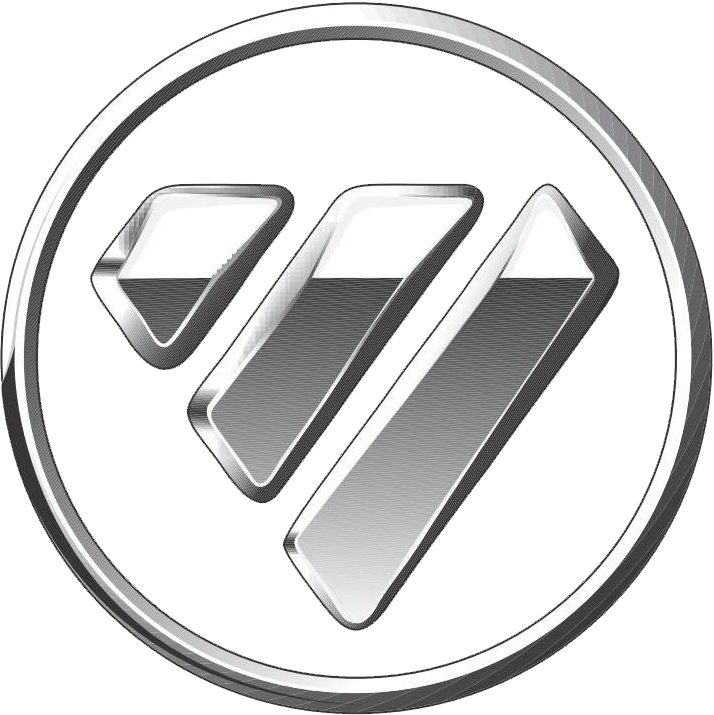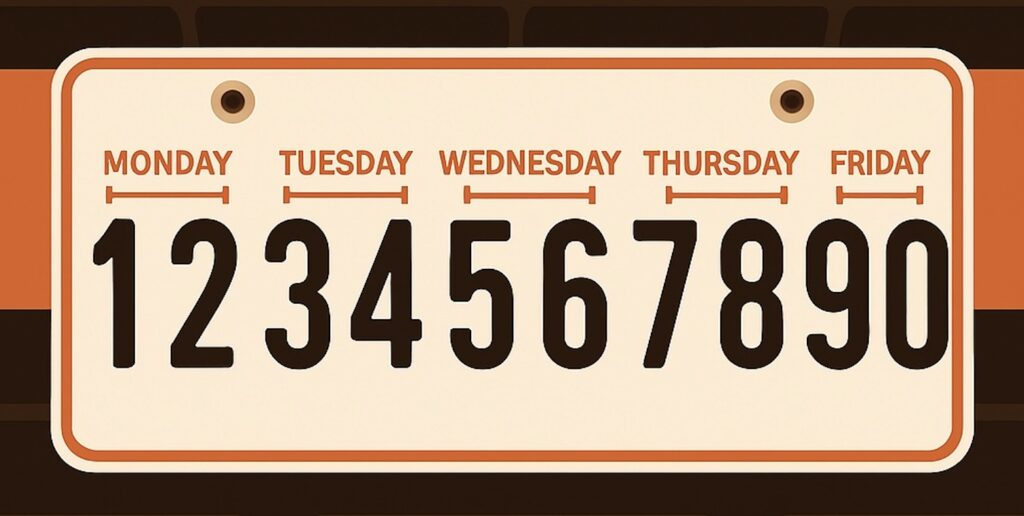
The number coding scheme aims to be a traffic regulation strategy implemented in many cities globally. The Philippines does this to help ease traffic congestion. In Metro Manila, the Metropolitan Manila Development Authority (MMDA) announced that the number coding was in effect. MMDA is responsible for implementing and managing the number coding scheme.
Initially targeting public utility vehicles (PUV), the number coding scheme was first implemented on an experimental basis in 1995, integrating previous vehicle coding exemptions. Considering information regarding the revised number coding scheme, the program later expanded to include all vehicles traversing Epifanio de los Santos Avenue (EDSA).
Back in 1995, the number coding scheme was initially introduced on an experimental basis. Its primary focus then was on public utility vehicles (PUV) with number coding exemptions and requirements. The program later incorporated all vehicles traveling on EDSA into the local government unit for number coding. Keep reading this article to catch insights into the evolution and current scope of the number coding scheme. It will help understand the scheme’s impact on daily commutes and traffic flow.
This is FAQs on number coding which aims to reduce the number of questions you have.
Understanding the MMDA Number Coding Scheme in Metro Manila
What is the MMDA Number Coding Scheme? Number Coding in Metro Manila
The number coding scheme aims to be a traffic management policy. Enacted during rush hour, it restricts movement of certain vehicles. Such as those ending in 1 and 2 or 9 and 0, on specific weekdays. By monitoring the number of vehicles in Metro Manila based on their number endings, the number coding scheme aims to maximize its impact. How? Through reducing road volume and thereby easing traffic congestion. The Number coding system — tailored to accommodate exceptions like marked government vehicles — has been used overseas. And coding in Metro Manila today has been introduced to fight rush hour congestion.
How does the MMDA Number Coding Scheme work? Philippines FAQs on Number Coding
In Metro Manila, the number coding scheme aims to control vehicle movements. It is based on the last digit of their license plate number. Such as 1 and 2 or 9 and 0, under the directives of the MMDA.
According to the Unified Vehicular Volume Reduction Program guide, each day of the week corresponds to a specific number. Designated window hours for coded cars and vehicles ending with these numbers are prohibited from traveling on roads during coding hours.
For instance, as specified in the Metro Manila Development Authority’s 2025 guide to the Unified Vehicular Volume Reduction Program, vehicles with she plates ending in 3 and 4 are restricted from roads every Tuesday from 7 am to the evening hour of 8 pm.
Under the MMDA regulation and updated mandates in the 2025 guide to the Unified Vehicular Volume Reduction Program, both private and public vehicles are limited unless they adhere to previous vehicle coding exemptions. Hours covered by the number coding do not allow vehicles corresponding to drive. This is known as the number coding — and all vehicles except those exempt must adhere to the number coding.
Is the Number Coding Scheme currently in effect in 2025?
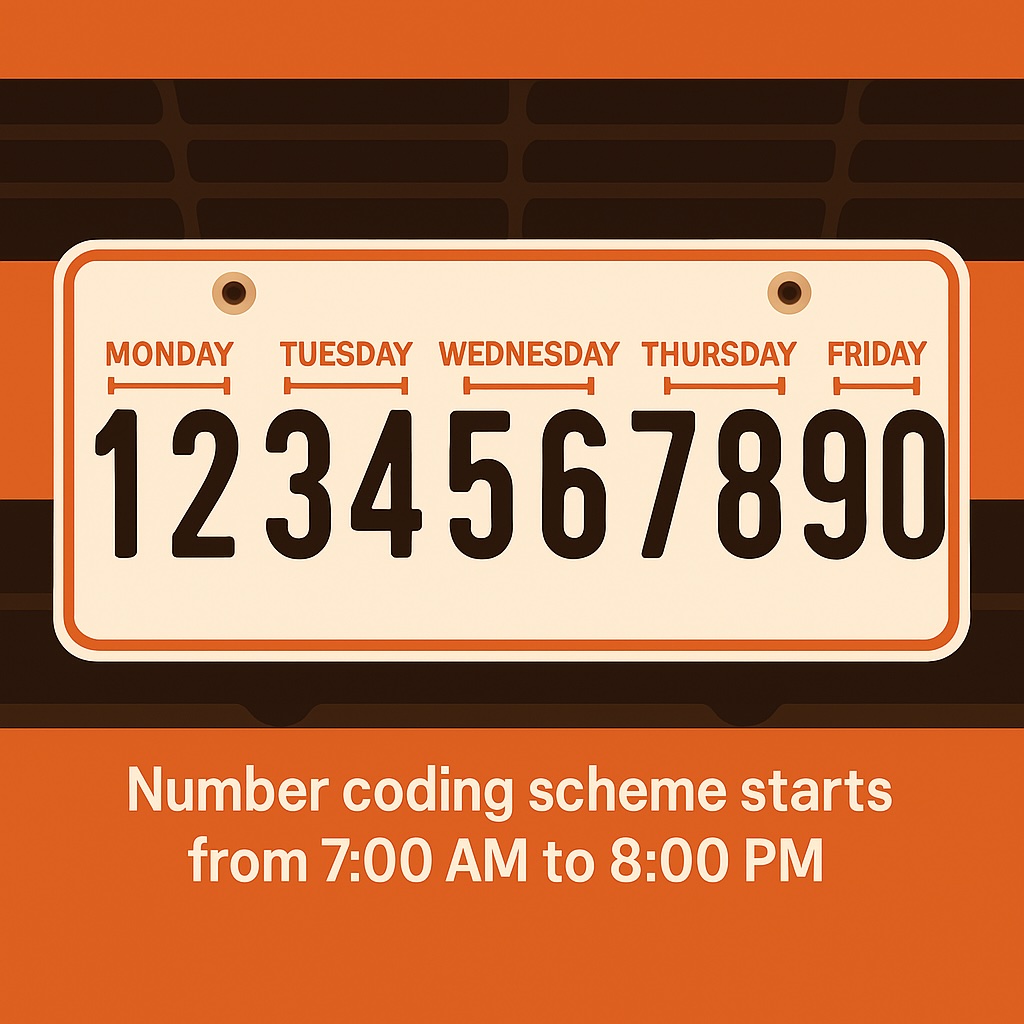
Number Coding Window Hours
Yes, despite heavy traffic congestion, the number coding scheme strives to remain in effect from Monday to Friday, as enforced by the Metro Manila Council within Metro Manila in 2025. The number coding scheme from 7:00 AM to 8:00 PM, seeks to control the number of vehicles on the road on weekdays — Monday through Friday. Vehicles covered by the scheme, except for marked government and media vehicles with previous vehicle coding exemptions, are restricted from Manila roads.
Notable changes in the 2025 Number Coding Scheme
The 2025 number coding scheme, managed by MMDA, which serves as the local government unit for number coding, introduces alterations pertaining to the morning and evening coding hours for heavy traffic and rush hour schedules in comparison to previous regulations.
One notable alteration, considering information regarding the revised number coding scheme, is the exemption of public utility vehicles. This amendment, enforced by the Metro Manila Council – the government unit for number coding, prioritizes commuter mobility and convenience during the morning and evening coding hours amid heavy traffic.
Understanding the Role of the MMDA in the Number coding in the Philippines
What is the MMDA?
The Metropolitan Manila Development Authority (MMDA) serves as the local government unit for number coding exemptions, responsible for implementing and enforcing the coding scheme rules or UVVRP in Metro Manila. MMDA during number coding days is responsible for checking coded vehicles during the number coding hours and issue a number coding exemption.
Implementing the Number Coding Scheme: The role of MMDA
The MMDA plays a crucial role in implementing the number coding scheme to manage traffic volume during rush hour. They ensure that motorists comply with the regulations, enforce penalties for violations, and provide exemptions for eligible vehicles.
Number coding scheme aims to limit the vehicles during the number coding hours of 7:00 AM to 8:00 PM. Additionally, number coding is implemented in rush hour, these being the hours covered by number coding. It’s worth noting that the number coding scheme, implemented by the Metro Manila Council, aims to limit heavy traffic congestion in Manila.
Guide to Decoding The 2025 Number Coding Scheme Based on Plate Numbers
How plate numbers determine your number coding days?
The coding day for a vehicle is determined by the last digit of its license plate number. For example, during heavy traffic in Manila, if a vehicle’s plate ends in 1 or 2, it is not allowed on the road on Mondays unless it is a marked government or media vehicle. Vehicle’s plate number determine what days when number coding is in place, unless you have exemptions to the number coding.
Changes in the 2025 Number Coding Rule Scheme based on Plate Number
In the 2025 number coding scheme, there are changes in the coding days assigned to certain plate numbers. It is important for motorists to be aware of these changes to avoid violations. Know when number coding scheme is enforced, or have a number of cars available to drive.
Vehicles exempt from the Number Coding Scheme in 2025
Vehicles exempted from the Number Coding Scheme
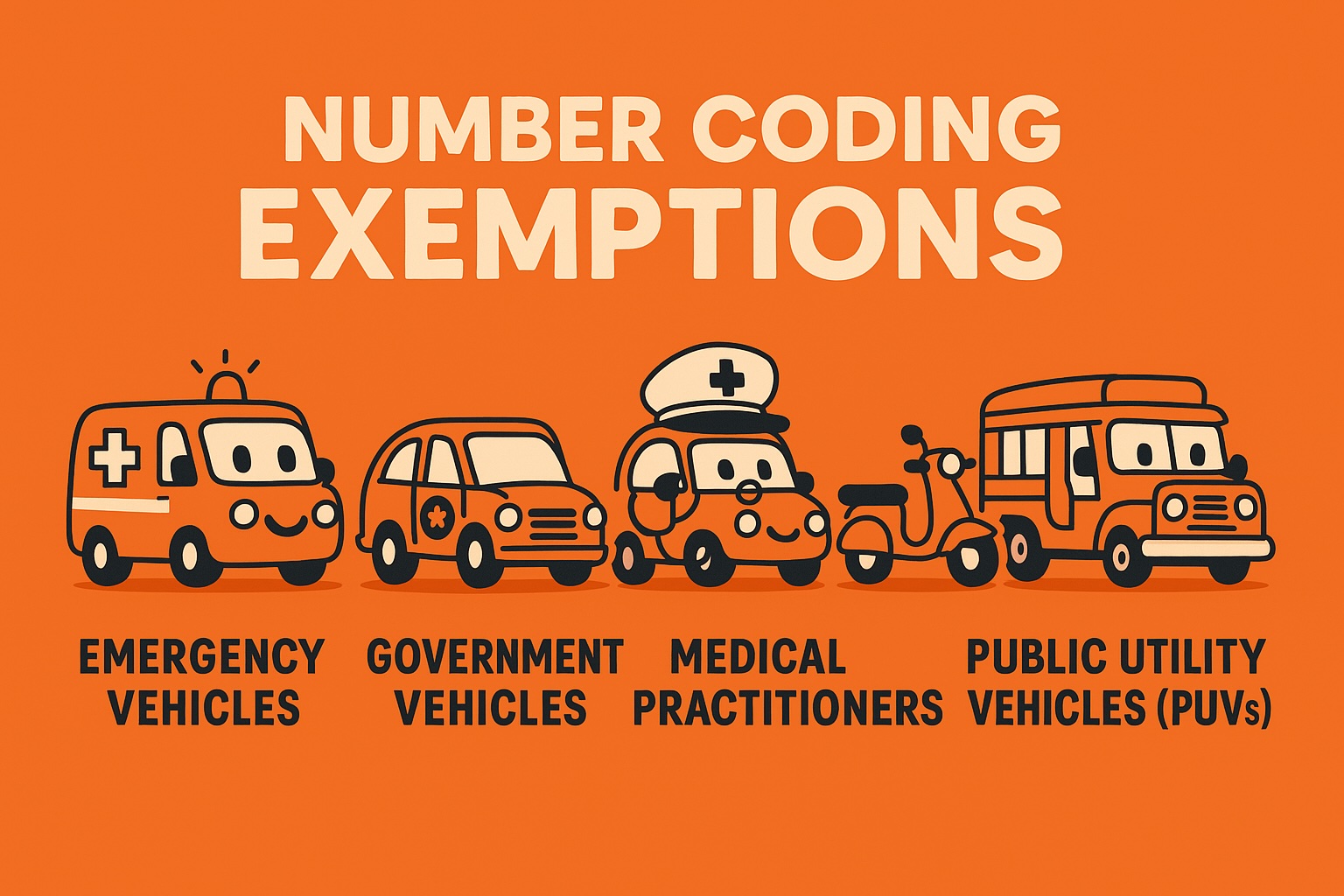
There are certain types of vehicles that are exempted from the number coding scheme. These include emergency vehicles, government-owned vehicles, and certain vehicles used for essential services. Exempt vehicles don’t have window hours.
Applying for an exemption in the Number Coding Scheme
For vehicles that do not fall under the automatic exemptions, owners may apply for a coding exemption from the MMDA. They need to provide supporting documents and meet specific requirements to be granted the exemption. Some citizens are exempted from number coding.
Number Coding in effect window hours and places it applies in Metro Manila
Understanding window hours in the Number Coding Scheme
Window hours are specific periods during the day where the number coding scheme is temporarily lifted, allowing the unrestricted movement of all vehicles. In Metro Manila, the window hours are from 10:00 AM to 3:00 PM.
Places where Number Coding Scheme applies in Metro Manila
The number coding scheme applies to major roads in Metro Manila. Motorists need to be cautious and adhere to the coding regulations when driving on these roads to avoid penalties. Metro Manila roads remains suspended unless the coding scheme is automatically lifted.
Penalties for violating the Number Coding Scheme Work
What happens when caught violating the scheme?
When caught violating the number coding scheme, motorists may face penalties. It can be through fines or the issuance of traffic violation tickets. These penalties aim to enforce compliance and discourage the violation of the regulations. Fine for your number coding violation under number coding scheme rules can apply when vehicles from travelling on Metro Manila roads.
Penalties and Fines for Number Coding Violations
The fines for number coding violations vary, depending on the offense committed. Motorists who repeatedly violate the scheme may face stiffer penalties and consequences, including the suspension of their driver’s license. Multiple Number Coding Scheme violation with the MMDA or violation of the number coding hours or the truck ban on Metro Manila roads MMDA will recommend a one-year ban from driving.
Frequently Asked Questions on Number Coding Scheme
Is senior healthcare exempted from the Scheme?
Senior healthcare vehicles are not automatically exempted from the number coding scheme. However, certain vehicles used for senior healthcare services may be eligible for exemption. But only if they meet the requirements set by the MMDA.
Is there Number Coding during weekends and holidays?
In the current number coding scheme, there is no coding during weekends and holidays. This allows motorists to have more flexibility in traveling during those days.
How to avoid coding violation?
To avoid coding violations, motorists should familiarize themselves with the coding schedule, observe the regulations, and plan their travel accordingly. They should also be aware of the exemptions and requirements for coding exemptions.
Conclusion: Surviving Number Coding Hours in Metro Manila
Tips and Tricks for Metro Manila residents and visitors
Surviving the number coding scheme in Metro Manila requires careful planning and compliance with the regulations. Here are some tips and tricks to navigate the coding system and minimize inconvenience:
- Be familiar with the coding schedule – and plan your trips accordingly.
- Consider alternative modes of transportation, such as public transportation or carpooling.
- Take advantage of window hours for unrestricted travel.
- Apply for coding exemptions if eligible.
- Stay updated with any changes or announcements regarding the number coding scheme.
Benefits of following the Number Coding Scheme
Following the number coding scheme brings several benefits, including reduced traffic congestion, improved air quality, and smoother traffic flow. By adhering to the regulations, motorists contribute to a more sustainable and efficient transportation system in Metro Manila.
Rules in cities in Metro Manila
Rules in Alabang
Muntinlupa City does not have a number coding scheme except for the following roads that use the MMDA’s coding scheme.
- Ayala-Alabang National Road
- Alabang-Zapote Road corner Buencamino and North Gate
In case you violate the rule, you will have a fine of P500 on the first offense. The second offense will cost P750. And P1,000 on the third and succeeding offenses. Do note that these penalties and coding schemes were prior to the pandemic – as such some rules may have changed.
Rules in Makati City
Known as Metro Manila’s Central Business District, Makati City has no window hours which means that the number coding rule applies from 7 a.m. to 7 p.m. A standard fine of P300 will be imposed on violators. Makati City, however, does exempt vehicles carrying senior citizen Blu Card holders as drivers or passengers and those under official functions and medical emergencies as stated in the Makati code.
Rules in Quezon City
Quezon City now follows the MMDA’s coding scheme of 7 AM to 10 AM and 5 PM to 8 PM with window hours from 10:01 AM to 4:59 PM.
Rules in Pasig City
As Pasig City is part of Metro Manila, it follows the MMDA’s coding scheme of 7 AM to 10 AM and 5 PM to 8 PM with window hours from 10:01 AM to 4:59 PM.
Rules in Pasay City
If you’re living in Pasay and your vehicle is coding, be reminded that this city has a number coding scheme from7 AM to 10 AM and from 5 PM to 8 PM coding period with a window period of 10 AM to 4 PM. However, this coding doesn’t apply to thoroughfares such as Domestic Road, Ninoy Aquino Avenue, MIA Road, Sales Road, parts of Airport Road, and parts of Buendia (Gil Puyat).
Rules in Paranaque City
In Paranaque City, they follow the standardized coding scheme set up by the MMDA. This means that there is coding between 7 AM to 10 AM and from 5 PM to 8 PM coding period with a window period of 10 AM to 4 PM. This follows the implementation of the coding scheme that was brought back in August of 2022.
Rules in Mandaluyong City
As of August of 2022, Mandaluyong City now follows the MMDA’s coding scheme. This means that there is coding from 7 AM to 10 AM and from 5 PM to 8 PM with a window period of 10 AM to 4 PM.
Rules in Manila City
Manila is a vast city composed of several areas where vehicles can pass through. As such, there are certain locations that implement the number coding scheme without window hours, while other Manila roads are set to follow the 7 AM to 10 AM and from 5 PM to 8 PM coding period with a window period of 10 AM to 4 PM.
Rules in Valenzuela City
The number coding scheme is implemented in Valenzuela City which starts from 7 AM to 10 AM, and from 5 PM to 8 PM. There is a window period of 10:01 AM to 4:59 PM. (As of August of 2022 — with the MMDA’s reimplementation of its coding scheme.)
This program takes effect on these roads:
- MacArthur Highway
- Maysan – Paso De Blas – Bagbaguin Road
- Karuhatan – Gen. T. De Leon Road
- Gov. I. Santiago Road (Malinta to Tatawid)
- Mindanao Avenue (Barangay Ugong)
- East and West NLEX Service Road
- T. Santiago Road
- Sapang Bakaw (Lawang Bato) – Punturin – Bignay Road
Rules in Taguig City
The city of Taguig is partially exempted from the coding scheme. That said, there are still some selected areas that implement the coding scheme. Specifically national roads within its boundaries, including East Service Road, and Manuel L. Quezon Avenue.
Rules in San Juan City
The City of San Juan is currently practicing the number coding scheme scheduled from 7 a.m. to 7 p.m. Along with its respective timeframe, restricted vehicles are allowed to roam during window hours which commence from 10 a.m. to 3 p.m. We have yet to receive information from the city if they have adopted the implementation of the 7 AM to 10 AM and from 5 PM to 8 PM coding period with a window period of 10 AM to 4 PM.
Rules in Caloocan City
In Caloocan City, motorists observe its number coding scheme that runs from the usual 7 AM to 10 AM. And from 5 PM to 8 PM coding period. While other roads within the vicinity of Caloocan are granted with the 10 AM to 4 PM window hour system, Samson Road has been left exempted. This means restricted vehicles are not allowed to traverse the said area throughout the entire number coding scheme period. Do note that these penalties and coding schemes were prior to the pandemic as such some rules may have changed.
Is there Number Coding outside of Metro Manila?
In order to constantly regulate vehicular activities in different areas, the UVVRP has also been stretched throughout different locations outside of Metro Manila. This includes Baguio, Cavite, Cabanatuan, and Dagupan, with all cities following the same daily conduction sticker or license plate restriction.
Baguio or commonly known by many as the city of pines, actually has selected areas that are limited to restrictions, these places are mainly composed of tourist areas such as Session Road, Burnham Park, and Baguio City Market in general. The coding period is from 7 AM to 7 PM similar to what is happening in the National Capital Region (NCR).
That said, the number coding scheme is implemented along the Central Business District which it is crowded due to offices, businesses, and big schools situated within the area. Its coding scheme period commences during weekdays, specifically from 7 a.m. to 7 p.m. Notably, the number coding in Baguio is lifted during holidays, festivals, and summer vacation months in order to accommodate more tourists. Violators will then have to pay a fine of P500.
Cavite City has also been practicing the UVVRP, with its number coding scheme being implemented during weekdays from 6 a.m. to 7 p.m. on major thoroughfares within the territorial jurisdiction of the province:
- Aguinaldo Highway (Bacoor to Dasmarinas-Silang boundary)
- Governor’s Drive (Carmona to Trece Martires City – Tanza boundary)
- Molino-Salawag-Paliparan Road (Zapote, Bacoor to Paliparan, Dasmarinas)
- Molino Boulevard
- Daang Hari Road (Aguinaldo Highway, Imus to Molino, Bacoor)
Window hours usually last from 9 a.m. to 3 p.m. Above all its number coding policies, violators will then have to pay a fine of P300.
Are there likely to be any changes to Number Coding in the future?
In most circumstances, change is inevitable. A principle that does apply to the UVVRP. Constant efforts are raised in order to properly regulate the flow of vehicular traffic. Just to recall, Pasig’s odd-even number coding scheme was discontinued by Mayor Vico Sotto, as it is believed to be an unfair system.
Changes commenced as Pasig began to lean back towards the usual number coding scheme, believing that there are better solutions for the city’s vehicular traffic which would then require them to engage in further studies in order to formulate strategic solutions.
Window hours are undoubtedly a blessing for many local motorists, given the instant grant of freedom for restricted vehicles to roam around roads for a limited amount of time. However, MMDA General Manager, Jojo Garcia, requested for a standardized 7 a.m. to 8 p.m. no window coding scheme. This would prohibit restricted vehicles from plying the road throughout the entire coding period. Currently, Radial Roads, Circumferential Roads, and National Roads are not already supported by the window system.
With a number of strategic solutions being proposed and applied today, certain changes in the number coding scheme will surely occur in the near future. It’s possible an expanded number coding scheme could occur Philipinnes wide like on metro manila roads.
In response to the traffic situation returning to normal after the pandemic the MMDA as of August 2022 has decided to revert the coding scheme back to normal on a 7 AM to 10 AM and 5 PM to 8 PM basis. Designated window hours could change in the future. We may see a revised number coding scheme in the future. Whether the number coding will stay or changes to the number coding will happen is to be seen.
Metro Manila Number Coding Scheme during the pandemic
Prior to the pandemic coding scheme was in effect, Metropolitan Manila Development Authority (MMDA) suspended the number coding scheme in Metro Manila due to the COVID-19 pandemic but has since reinstated the program which started on August 15, 2022.
Makati City, however, has its own modified number coding scheme that follows the same coding format used by the MMDA in Metro Manila, the only difference is that the LGU exempts vehicles with two or more people from being apprehended. Aside from that, there are also certain types of vehicles that are exempted from Makati’s modified number coding scheme:
- Motorcycles
- Ambulances
- Fire trucks
- Police patrol
- Military vehicles on official functions
- Diplomatic vehicles with diplomatic plates
- Government vehicles with government plates in official use
- Official media vehicles with marking
- Tow trucks accredited in Makati
- Vehicles used by medical practitioners in an emergency
- Vehicles with Senior Citizen Blu Card holders
Discuss number coding on Tsikot Forums:
| Number Coding in Provincial areas | https://www.tsikot.com/forums/traffic-laws-infrastructure-parking-135/number-coding-provincial-areas-105281/ | |
| Number Coding? | https://www.tsikot.com/forums/traffic-sign-59/number-coding-102003/ | |
| coding in NAIA | https://www.tsikot.com/forums/traffic-laws-infrastructure-parking-135/coding-naia-86537/ | |
| Number Coding Window Period in BGC? – Taguig | https://www.tsikot.com/forums/traffic-laws-infrastructure-parking-135/number-coding-window-period-bgc-100520/ | |
| Batangas Coding?? | https://www.tsikot.com/forums/traffic-laws-infrastructure-parking-135/batangas-coding-82963/ | |
| Origin of term “color coding” | https://www.tsikot.com/forums/traffic-laws-infrastructure-parking-135/origin-term-color-coding-14325/ | |
| Coding Question | https://www.tsikot.com/forums/traffic-laws-infrastructure-parking-135/coding-question-59493/ | |
| Number coding in Commerce Ave. in Alabang to be … | https://www.tsikot.com/forums/traffic-laws-infrastructure-parking-135/number-coding-commerce-ave-alabang-implemented-trial-basis-104076/ | |
| may coding ba in Filivest? | https://www.tsikot.com/forums/traffic-laws-infrastructure-parking-135/may-coding-ba-filivest-51920/ |





